Today is Endangered Species Day, a day designated to celebrate and learn about endangered species around the globe. Like many species, bats are facing many threats, including habitat destruction and land conversion, hunting and persecution, human disturbance, climate change, and infectious disease. As an incredibly diverse and secretive group of mammals, one of the biggest challenges to bat conservation is how much we still don’t know about bat populations, habitats – even exactly how many species there are!
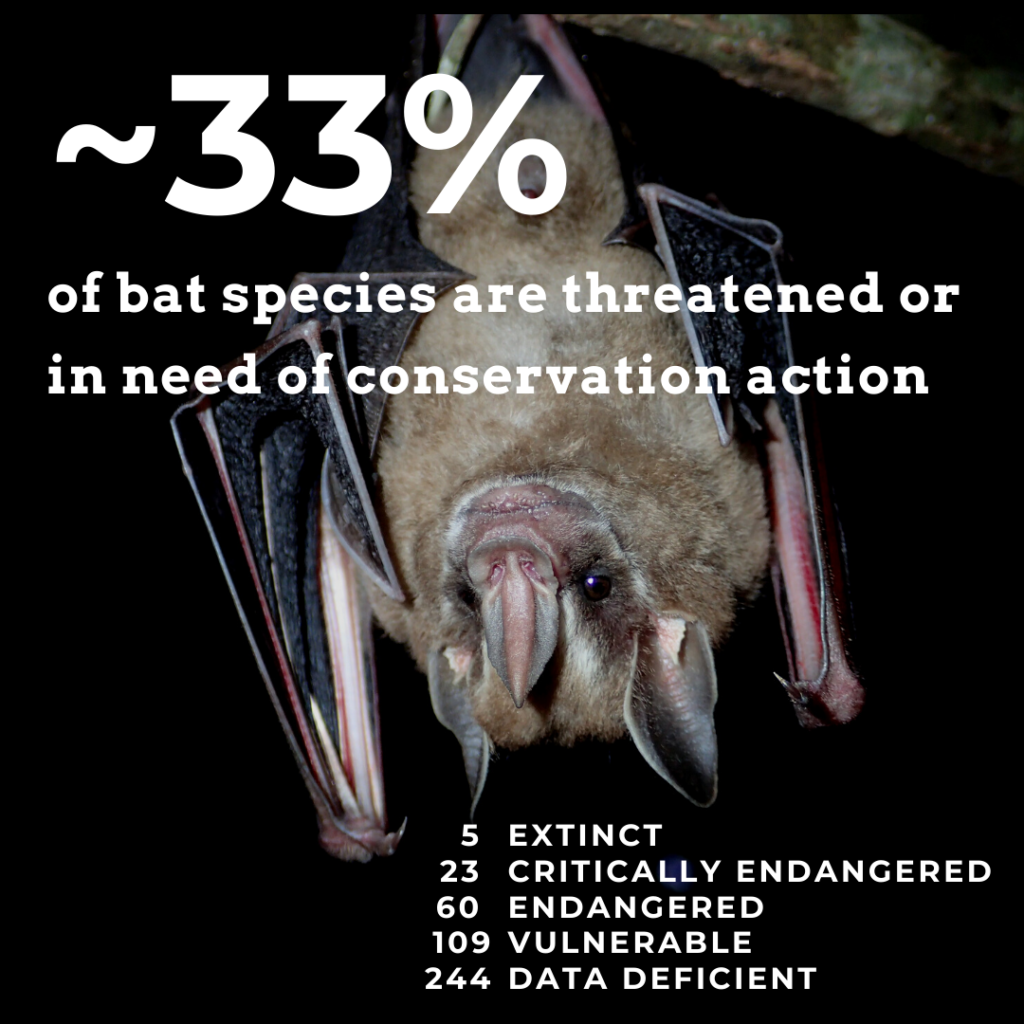
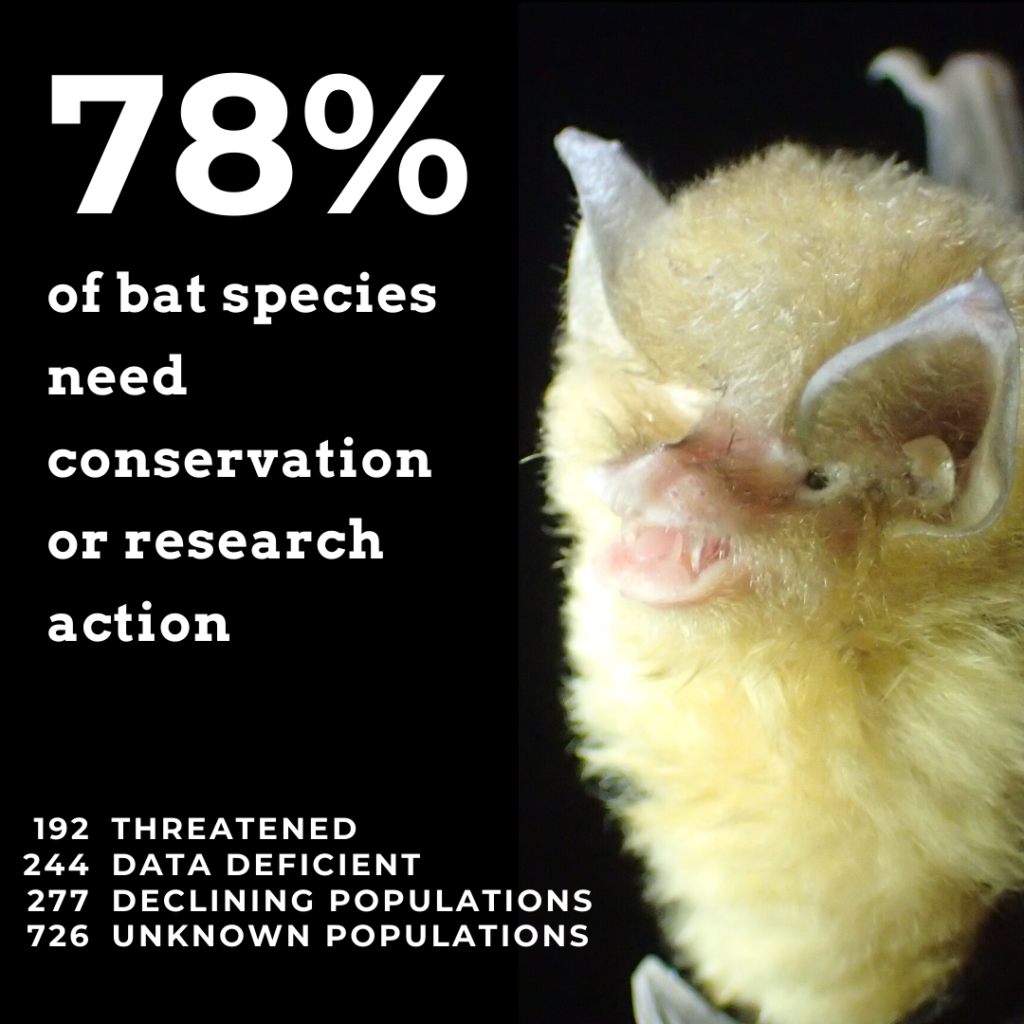
Of the 1 ,275 species currently classified by the IUCN RedList, about 1/3 are considered threatened or data deficient (meaning there isn’t enough data to evaluate their populations or risk). The populations of 277 species are currently in decline, while we don’t have accurate estimates of over 700 species. The means almost 80% of bats are in need of some kind of conservation or research action.
In honor of Endangered Species Day, here are short profiles on ten endangered bat species you’ve maybe never heard of.
Jamaican Greater Funnel-Eared Bat (Natalus jamaicensis)
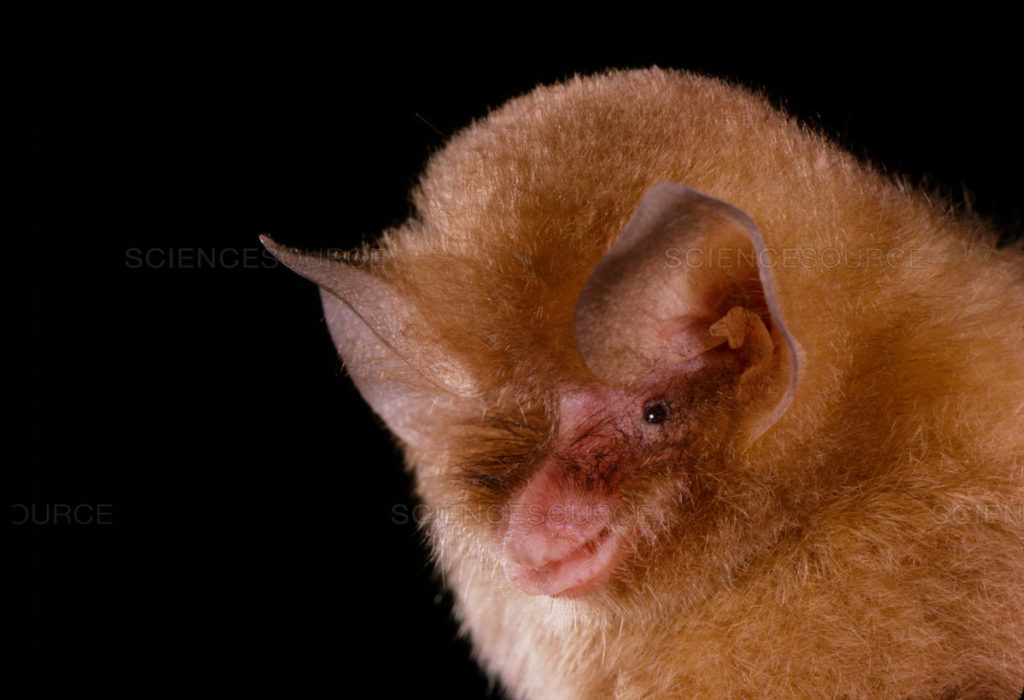
IUCN Status: Critically Endangered
This small bat with funnel-shaped ears is found only in Jamaica. It prefers to roost in large caves with high humidity. While it has been recorded in several caves on the island in the past, it is currently only known to occur in one location.
Thongaree's Disc-nosed bat (Eudiscoderma thongareeae)
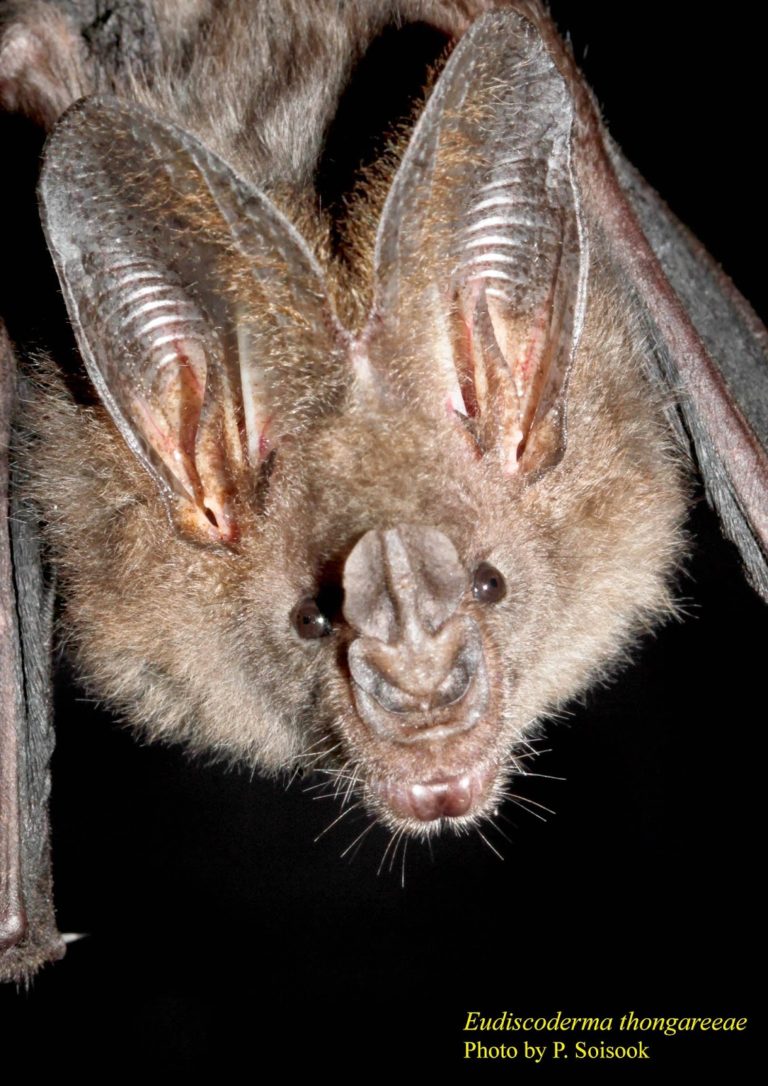
IUCN Status: Critically Endangered
The only bat in its genus (Eudiscoderma), this large-eared bat is only found in one forest in Thailand. Not very much is known about its biology, but it is likely insectivorous, following observations of it eating beetles.
Eastern Small-Footed Bat (Myotis leibii)
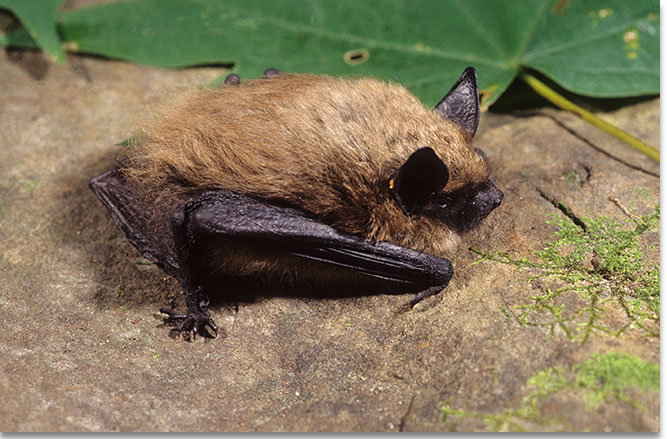
IUCN Status: Endangered
US Fish & Wildlife: Endangered
This tiny little bat (weighing between 4 – 8 grams) is found in the rocky, forested areas of the northeastern and central United States. Populations have declined primarily due to habitat disturbance and white-nose syndrome.
Fijian Monkey-faced bat (Mirimiri acrodonta)
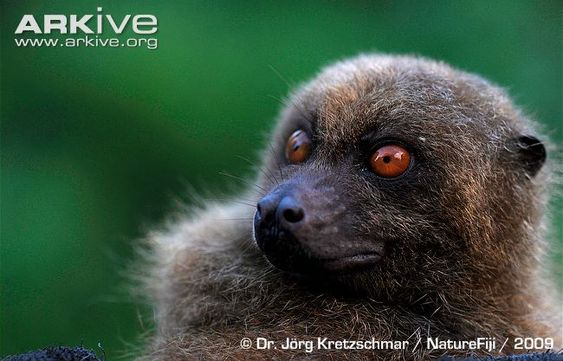
IUCN Status: Critically Endangered
This large fruit bat is endemic to the islands of Fiji, where is snacks on fruit and nectar. Named for its large eyes and monkey-like face, it is thought to roost in groups in the forest canopy.
Little brown bat (Myotis lucifugus)
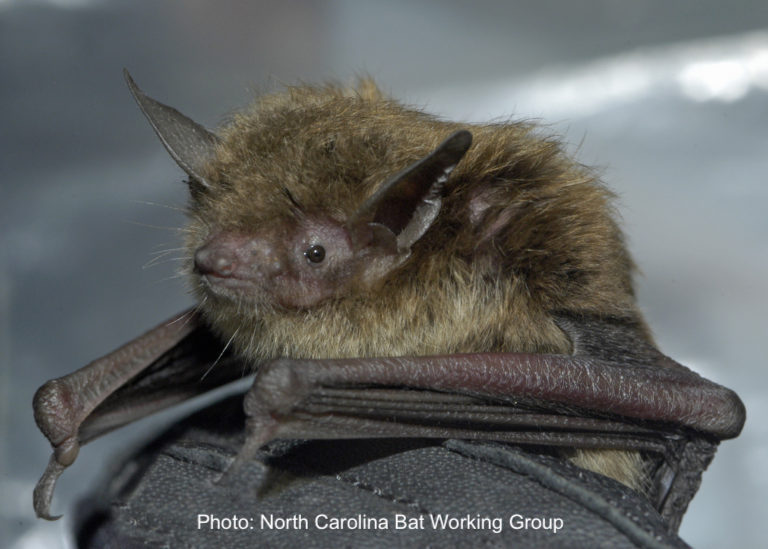
IUCN Status: Endangered
US Fish & Wildlife: Not Listed
Once one of the most abundant and common bat species in North America, the little brown bat has been hit hard by the devastating fungus white-nose syndrome. They are usually found in forested areas near water, and spend winters in hibernation caves.
Florida bonneted bat (Eumops floridanus)
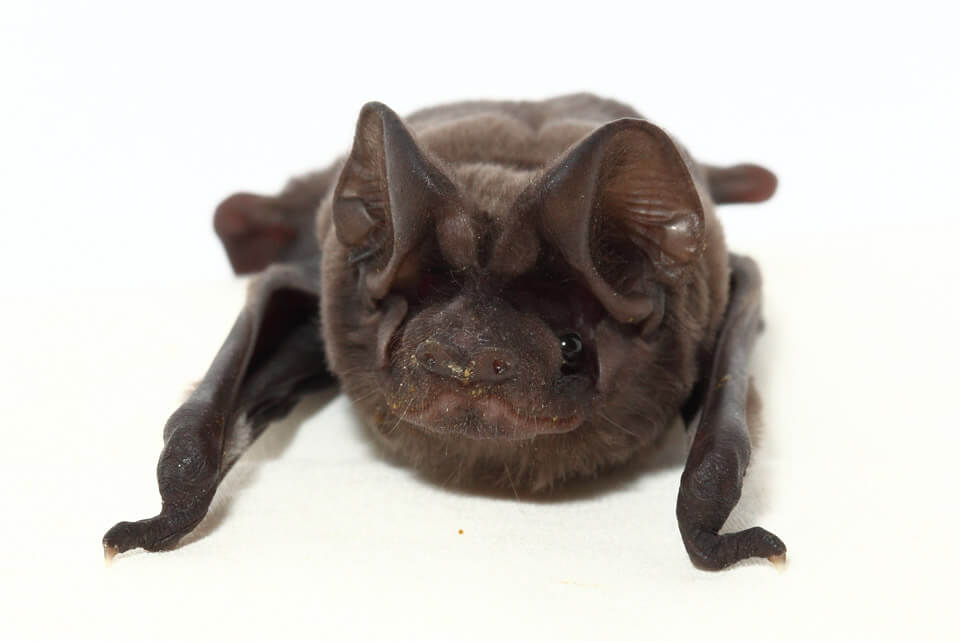
IUCN Status: Vulnerable
US Fish & Wildlife: Endangered
This handsome bat is the second-largest bat species found in the United States. A member of the free-tailed family, they are found only in southern Florida, where they roost readily under porch tiles & in specially made bat boxes.
Rennell Flying Fox (Pteropus renellii)
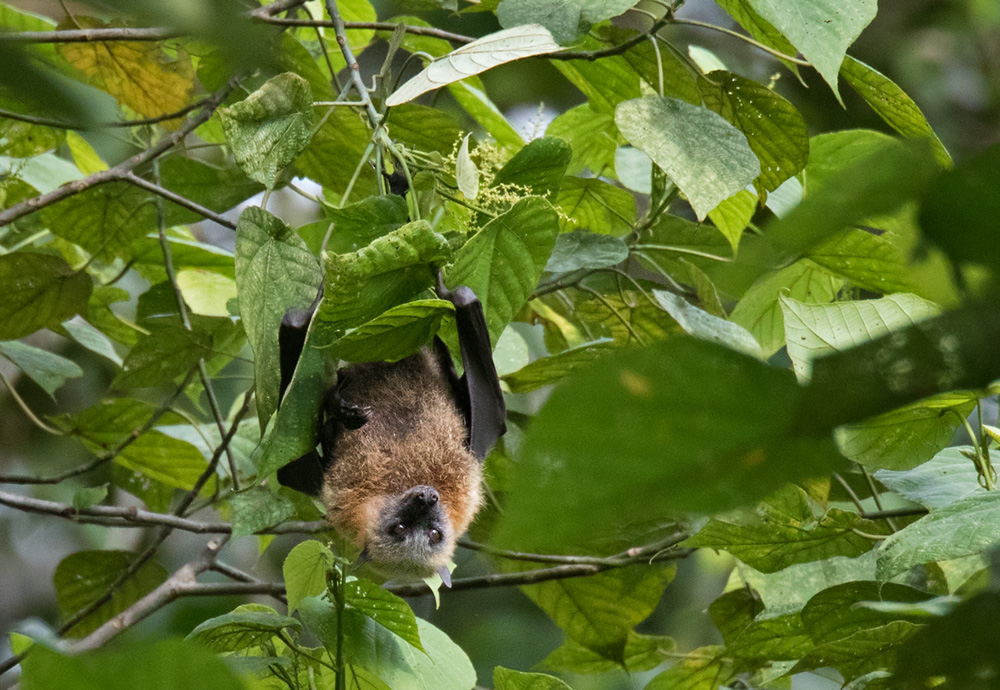
IUCN Status: Endangered
This large flying fox is found only Rennell Island (part of the Soloman Islands). The biggest threats to this species are habitat disturbance & destruction, and overhunting. With such a small population, they are also vulnerable to natural disasters such as cyclones.
Bokermann's nectar bat (Lonchophylla bokermanni)
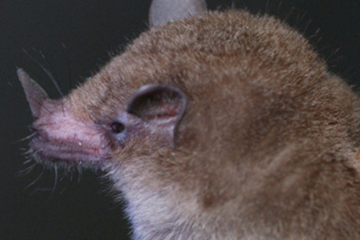
IUCN Status: Endangered
This nectar feeding bat is found in the Cerrado of Brazil, and was recently split from its sister species in 2016. It is the only bat thought to pollinate Encholirium glaziovii, a type of bromeliad found in the region.
Hawaiian Hoary bat (Lasiurus cinereus semotus)
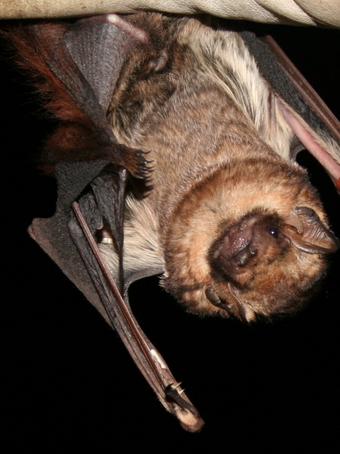
IUCN Status: Endangered
US Fish & Wildlife: Endangered
Another island bat, this bat is also called ʻōpeʻapeʻa. This bat is currently taxonomically classified as a subspecies of the more widespread hoary bat. It is the only endemic terrestrial mammal found on the Hawaiian islands.
Seychelles Sheath-tailed bat (Coleura seychellensis)
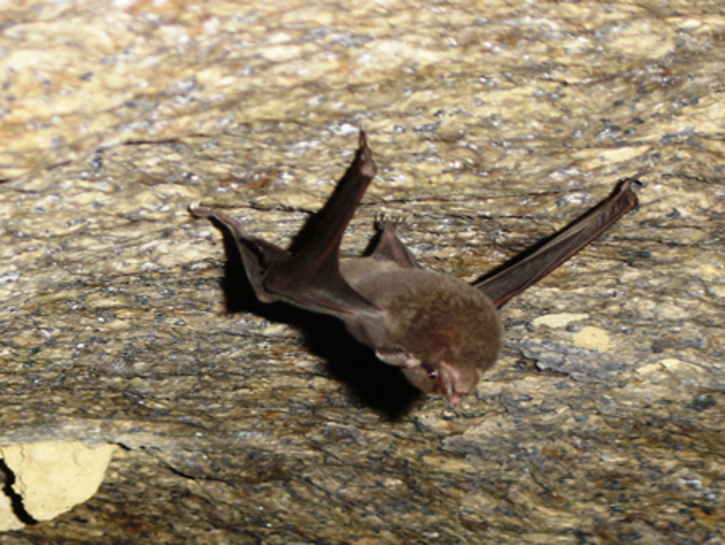
IUCN Status: Critically Endangered
Found only on the Seychelles islands, this insectivorous bat can be found feeding in forest clearings, and roosting in boulder caves. Only about 100 individuals are thought to still exist, suffering mostly due to habitat loss and disturbance.
Great article! Nice work Alyson!
Comments are closed.